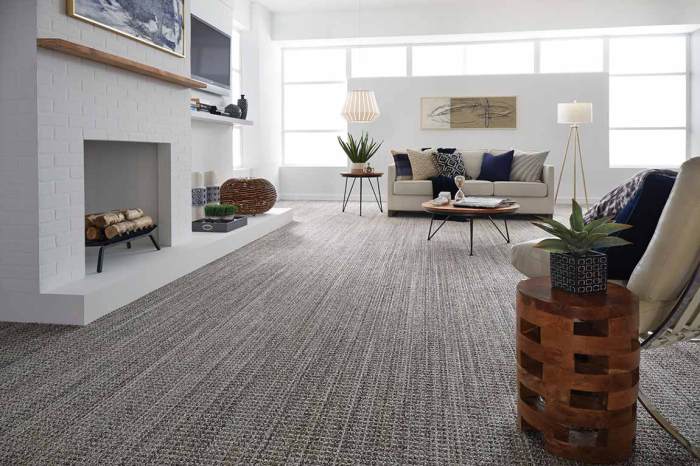Mixing patterns and textures in home decor is an art form that can transform your living space into a visually captivating and inviting retreat. From bold geometric patterns to soft, organic textures, the possibilities are endless. This comprehensive guide will provide you with the essential knowledge and inspiration you need to master the art of mixing patterns and textures, creating a home that reflects your unique style and personality.
By understanding the different types of patterns and textures, their impact on the mood and ambiance of a space, and the practical considerations for combining them, you’ll be able to create harmonious and visually stunning interiors. Whether you’re decorating a living room, bedroom, or kitchen, this guide will empower you with the confidence to experiment and create a home that is both stylish and comfortable.
Patterns and Textures
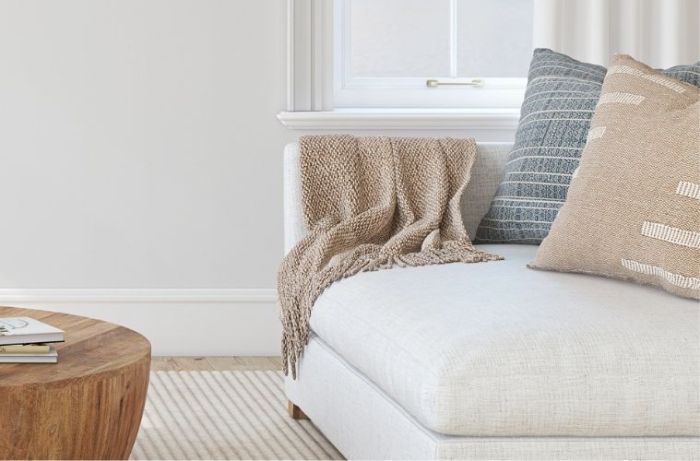
Mixing patterns and textures in home decor is an art form that can add depth, interest, and personality to any space. When done well, it can create a cohesive and inviting atmosphere that reflects your unique style.
There are many different types of patterns and textures that can be used in home decor, from geometric to organic, and smooth to rough. Each type has its own unique impact on the mood and ambiance of a space.
Geometric Patterns
Geometric patterns are created using straight lines and shapes, such as squares, rectangles, triangles, and circles. They can be used to create a sense of order and symmetry in a space, or to add a touch of playfulness.
- Stripes: Stripes are a classic geometric pattern that can be used to add height or width to a room. They can also be used to create a focal point or to divide a space.
- Checks: Checks are another classic geometric pattern that can be used to add interest to a space. They can be used on furniture, curtains, or even walls.
- Plaids: Plaids are a more complex geometric pattern that can be used to add a touch of sophistication to a space. They can be used on furniture, rugs, or even throws.
Mixing Patterns and Textures in Different Rooms
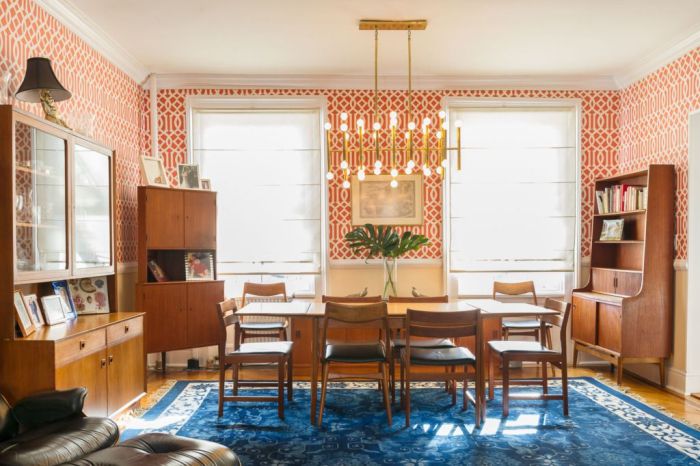
Incorporating patterns and textures into your home decor can add depth, interest, and personality to any space. However, mixing patterns and textures effectively requires careful consideration of the room’s function, style, and overall aesthetic.
Living Rooms
Living rooms are typically designed for comfort and relaxation. When mixing patterns and textures in a living room, opt for fabrics and materials that are soft and inviting. Consider using a neutral base, such as a solid-colored sofa, and adding pops of pattern and texture through pillows, throws, and rugs.
Bedrooms
Bedrooms should be a sanctuary of peace and tranquility. When selecting patterns and textures for a bedroom, choose calming colors and fabrics that promote relaxation. Layer different textures, such as soft linens, cozy knits, and plush velvet, to create a warm and inviting atmosphere.
Kitchens
Kitchens are often the heart of the home and should be both functional and stylish. When mixing patterns and textures in a kitchen, consider the materials and finishes that will withstand everyday use. Incorporate patterns and textures through backsplashes, countertops, and accessories, such as dish towels and kitchen linens.
Practical Considerations for Mixing Patterns and Textures
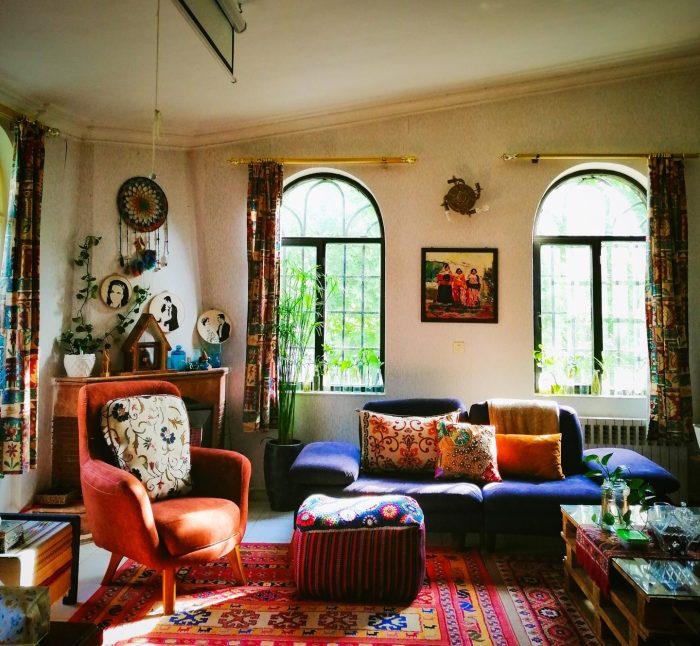
When mixing patterns and textures, it’s essential to consider practical aspects to achieve a harmonious and cohesive space. Scale, color, and placement play crucial roles in creating a balanced and visually appealing environment.
Scale
- Vary the scale of patterns to add depth and interest. Combine large-scale patterns with smaller ones to create a dynamic effect.
- Consider the size of the room and the furniture when choosing patterns. Oversized patterns can overwhelm small spaces, while small patterns may get lost in large rooms.
Color
- Use a limited color palette to avoid a chaotic look. Stick to two or three main colors and their variations to create a cohesive scheme.
- Balance bold patterns with neutral colors to prevent the space from becoming visually overwhelming.
Placement
- Group similar patterns together to create focal points. Arrange cushions with different patterns on a sofa or hang patterned curtains next to each other.
- Transition between different patterns seamlessly by using transitional pieces. A solid-colored rug or a neutral-toned throw can help bridge the gap between contrasting patterns.
Creative and Innovative Mixing Techniques
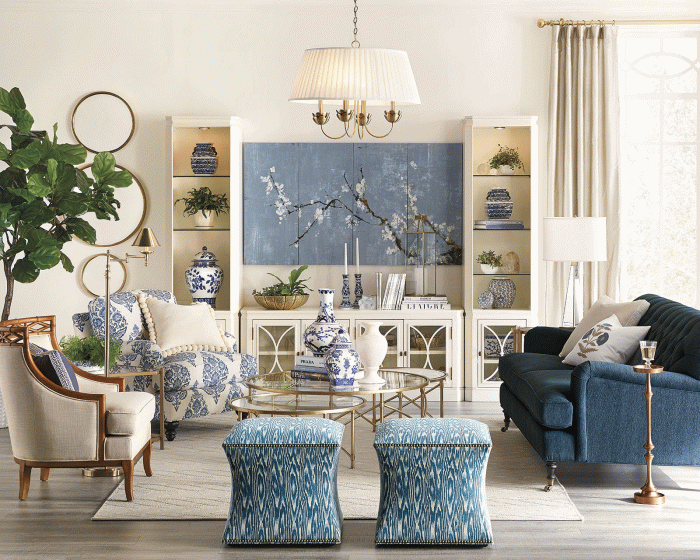
Mixing patterns and textures can be a great way to add personality and style to your home decor. However, it can be difficult to know where to start. Here are a few creative and innovative ways to mix patterns and textures in your home:
One way to mix patterns and textures is to layer them. This can be done by using different fabrics, wallpapers, and artwork. For example, you could layer a patterned rug over a solid-colored carpet, or you could hang a patterned wallpaper behind a solid-colored sofa.
Layering patterns and textures can create a sense of depth and interest.
Another way to mix patterns and textures is to juxtapose them. This means placing two or more different patterns or textures next to each other. For example, you could pair a floral pattern with a geometric pattern, or you could mix a rough texture with a smooth texture.
Juxtaposing patterns and textures can create a sense of contrast and drama.
You can also use different materials to add depth and interest to your home decor. For example, you could mix fabrics, wallpapers, and artwork to create a layered look. You could also use different textures, such as wood, metal, and glass, to create a sense of contrast.
Using different materials can help you create a unique and personal style.
Case Studies and Inspiration
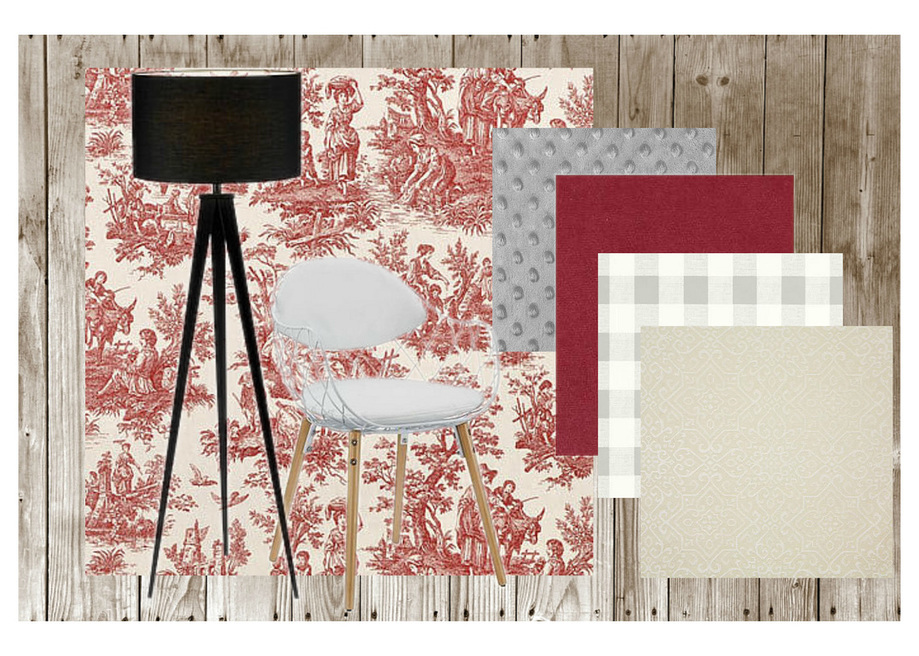
To further illustrate the principles of mixing patterns and textures, let’s explore some real-life examples of successful implementations in home decor.
These case studies will showcase how designers have skillfully combined different patterns and textures to create visually appealing and cohesive spaces.
Modern Farmhouse Living Room, Mixing Patterns and Textures in Home Decor
In this modern farmhouse living room, a cozy and inviting atmosphere is achieved through the harmonious blending of patterns and textures.
The focal point of the room is a patterned rug featuring geometric motifs in shades of blue and gray. This rug sets the tone for the rest of the decor, introducing a subtle yet eye-catching pattern into the space.
The walls are painted a warm white, providing a neutral backdrop that allows the patterns to stand out without overwhelming the room.
The furniture pieces are upholstered in a combination of fabrics with varying textures. The sofa, for example, is covered in a soft and velvety fabric, while the accent chairs feature a more textured linen upholstery.
Overall, the mixing of patterns and textures in this living room creates a sense of depth and visual interest without sacrificing comfort or functionality.
Outcome Summary
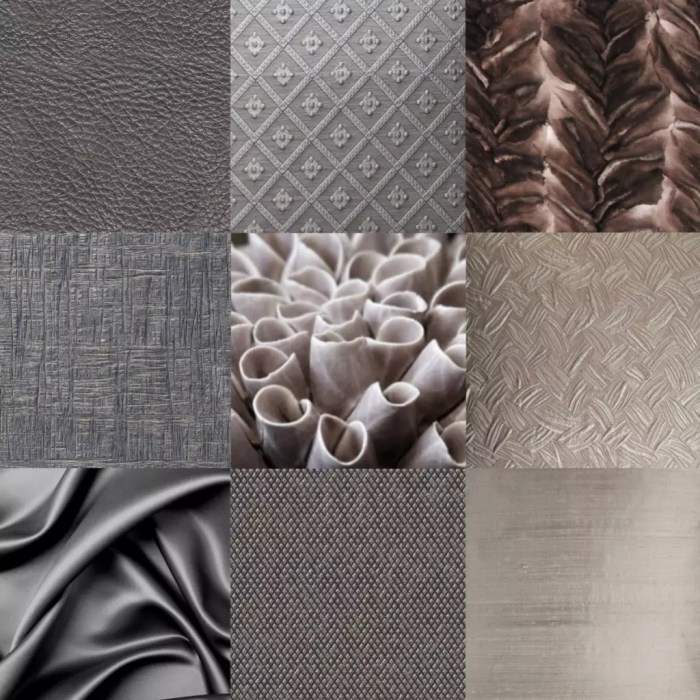
Mixing patterns and textures in home decor is a journey of creativity and self-expression. By embracing the principles Artikeld in this guide, you can transform your living space into a reflection of your unique style and personality. Remember to experiment, have fun, and let your imagination soar.
With a little planning and attention to detail, you can create a home that is both visually captivating and inviting, a space where you can relax, recharge, and be inspired.
Key Questions Answered: Mixing Patterns And Textures In Home Decor
What are the different types of patterns used in home decor?
Patterns can be geometric (e.g., stripes, checks, polka dots), organic (e.g., floral, animal prints, wood grain), or abstract (e.g., swirls, marbling, ikat).
How do patterns and textures impact the mood and ambiance of a space?
Patterns can create a sense of energy, movement, and visual interest, while textures can add depth, warmth, and comfort. The combination of patterns and textures can create a wide range of moods and ambiances, from cozy and inviting to bold and dramatic.
What are some practical considerations for mixing patterns and textures?
Consider the scale, color, and placement of patterns and textures to ensure a balanced and harmonious look. Avoid overwhelming a space with too many patterns or textures, and use transitions to create a smooth flow between different elements.
